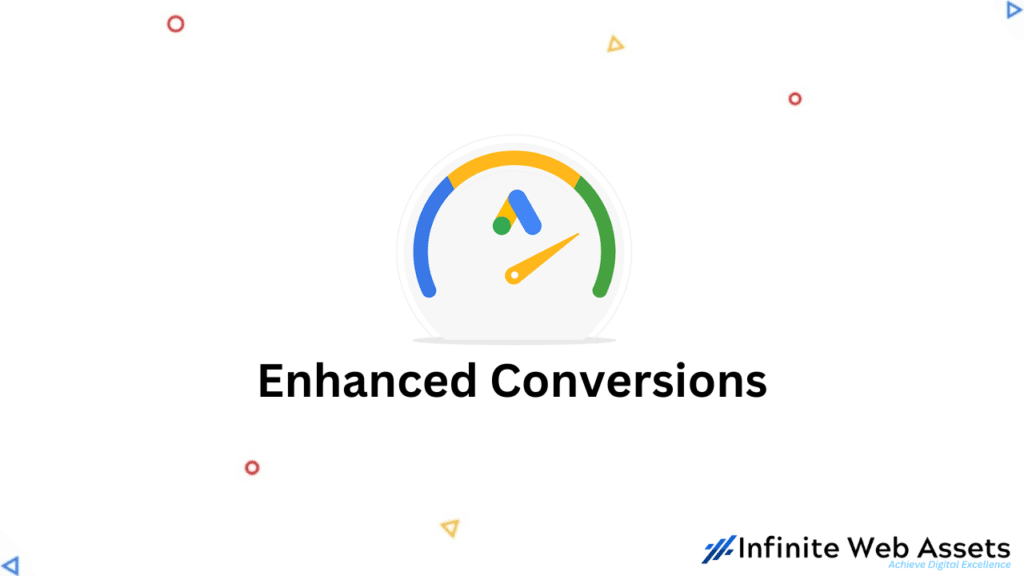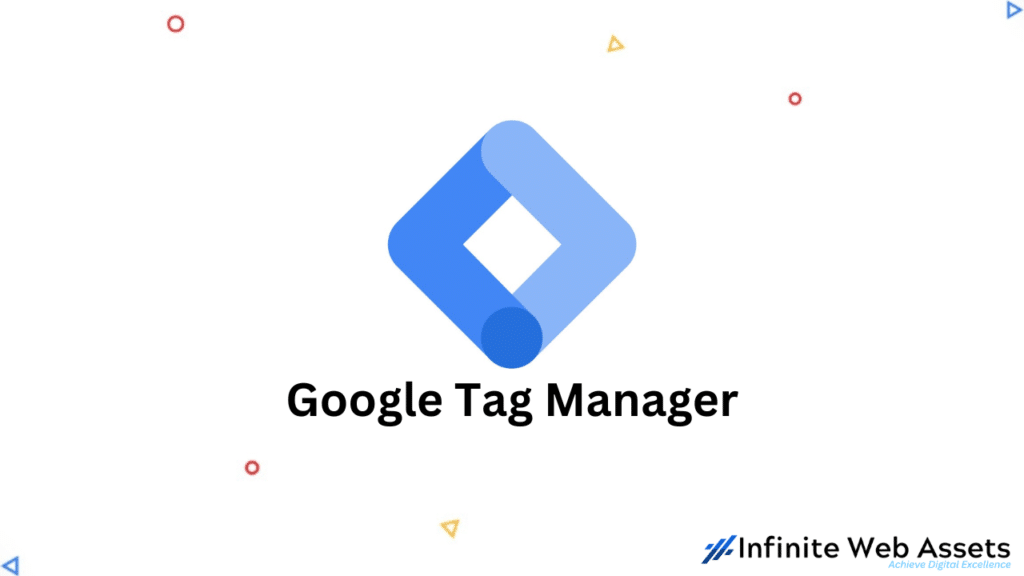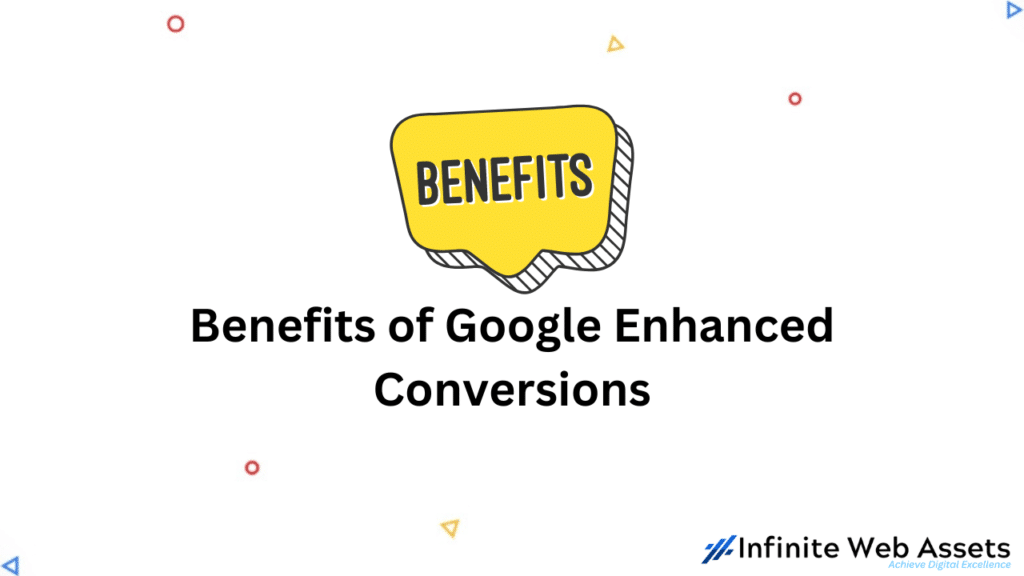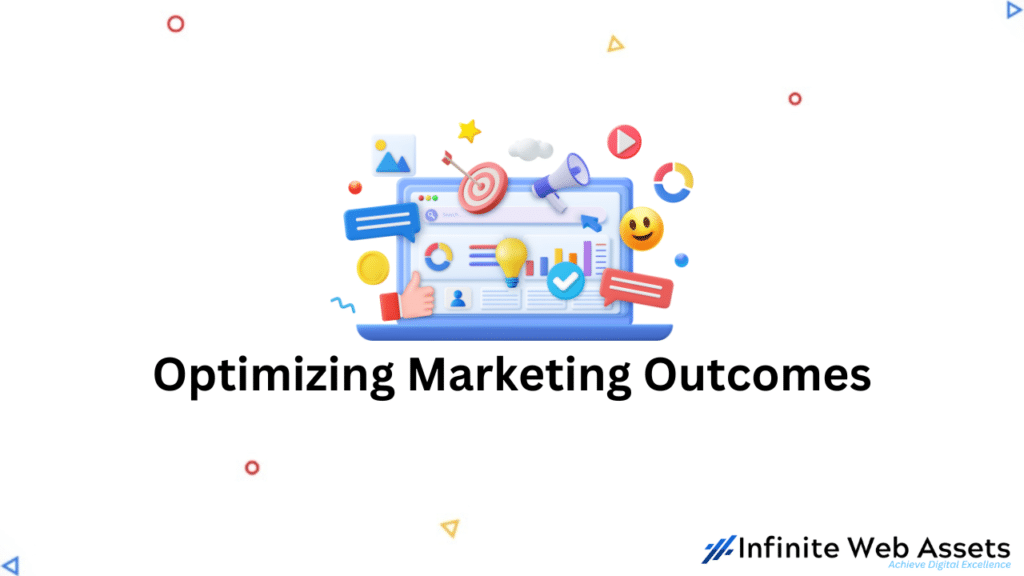Enhanced conversions in Google Ads is a feature that helps advertisers improve the accuracy of their conversion tracking by leveraging first-party customer data. With enhanced conversions, Google Ads can provide more robust conversion tracking, ensuring that you capture all the data necessary to optimize your ad campaigns effectively.
The Mechanism Behind Enhanced Conversions Functioning

To understand how enhanced conversions work, let’s first discuss what happens when a customer completes a conversion on your website. The conversion data from your website is sent to Google, which then matches the customer to one of your ads. The process allows Google Ads to measure conversions accurately.
However, conversion tracking might not always be perfect due to factors such as user privacy or technical issues. Enhanced conversions aim to improve the accuracy of conversion tracking by collecting additional first-party conversion data, such as email addresses and phone numbers, and sending it to Google in its hashed form. This process ensures user privacy while providing more accurate conversion data.
Understanding the Type of Data Collected by Enhanced Conversions for Web
Enhanced conversions for web collect first-party customer data, such as email addresses and phone numbers, in a hashed format. This means that the data is encrypted before it’s sent to Google, ensuring customer privacy. By collecting this additional data, enhanced conversions can help improve the accuracy of your conversion tracking, ultimately leading to better marketing performance.
Techniques for Tracking Offline Conversions Effectively
To track offline conversions, you can use the Google Ads API or Search Ads 360 to bring conversion data into Google Ads. This process lets you measure how your online ads affect your offline sales, giving you a fuller picture of how well your marketing is doing.
How to Set Up Enhanced Conversions with Google Tag Manager

Follow these steps to set up better conversions with Google Tag Manager (GTM):
1. Make sure your Google Ads account is set up to track conversions. If you haven’t set up conversion tracking yet, read the Google Ads Help Center for how to do it.
2. Log in to your GTM account and choose the container where you want to use enhanced conversions.
3. Make a new tag and choose the “Google Ads Conversion Tracking” tag type.
4. Type in your conversion ID and label. You can find these in your Google Ads account.
5. Turn on “Enhanced Conversions” and set up the variables that you need, like email addresses and phone numbers.
Save the tag and make your changes public.
Once you’ve completed these steps, enhanced conversions will start working within Google Ads, providing more accurate conversion data to optimize your ad campaigns.
Advantages of Utilizing Enhanced Conversions in Google Ads

Google-enhanced conversions offer several benefits for advertisers:
1. Improved accuracy of conversion tracking: By capturing additional first-party customer data, enhanced conversions help improve the accuracy of your conversion data, allowing you to make more informed decisions about your ad campaigns.
2. Better attribution: Enhanced conversions can provide a more comprehensive view of your customer’s journey, helping you understand which ads are driving the most conversions and revenue.
3. Increased ROI: With more accurate conversion tracking, you can optimize your ad campaigns more effectively, potentially leading to a higher return on investment (ROI).
Identifying the Target Audience for Enhanced Conversions
Enhanced conversions are suitable for any advertiser using Google Ads who wants to improve the accuracy of their conversion tracking. Whether you’re a small business owner or a large enterprise, enhanced conversions can help you optimize your marketing performance and achieve better results.
Leveraging Enhanced Conversions to Generate More Leads
By implementing enhanced conversions, you can gain a better understanding of which ads are driving the most leads for your business. This information allows you to allocate your marketing budget more effectively, focusing on the ads and keywords that generate the highest ROI. As a result, you can increase the number of leads and conversions for your business.
Strategies for Optimizing Marketing Outcomes Using Enhanced Conversions

To make the most of Google Ads enhanced conversions, consider these strategies:
1. Regularly review and optimize your ad campaigns based on the enhanced conversion data provided by Google Ads.
2. Test different ad creatives, targeting options, and bidding strategies to find the most effective combination for your business.
3. Use the additional conversion data to inform your overall marketing strategy, ensuring that your online and offline efforts are aligned.
Step-by-Step Instructions for Configuring Enhanced Conversions to Enhance Conversion Tracking
To manually set up enhanced conversions in your Google Ads account, follow these steps:
1. Sign in to your Google Ads account and navigate to the “Conversions” page.
2. Click the “+” button to create a new conversion action.
3. Choose the appropriate conversion action type (e.g., website, app, or phone call) and enter the necessary details.
4. In the “Enhanced Conversions” section, enable the “Use enhanced conversions” option.
5. Configure the necessary settings, such as the data collection method and data format.
6. Save your changes and implement the provided conversion tracking tag on your website or app.
Once you’ve completed these steps, enhanced conversions will start working within Google Ads, providing more accurate conversion data to optimize your ad campaigns.
3 Things to Keep in Mind During the Adoption of Enhanced Conversions

1. User privacy: Enhanced conversions collect first-party customer data in a hashed format to ensure user privacy. Make sure to comply with all applicable privacy regulations and inform your customers about the data collection practices used on your website.
2. Integration with other marketing tools: When implementing enhanced conversions, ensure that they are seamlessly incorporated with your existing marketing ecosystems, such as CRM systems and analytics platforms.
3. Ongoing optimization: Regularly review and update your enhanced conversion settings to ensure the most accurate conversion tracking possible.
How to Introduce Enhanced Conversions as a Vital Component of Your Organization’s Marketing Approach
To successfully integrate enhanced conversions into your company’s marketing strategy:
1. Educate your marketing team about the benefits of using enhanced conversions and the impact they can have on marketing performance.
2. Develop a plan for implementing enhanced conversions, including setting up the necessary tags and configuring the appropriate settings in your Google Ads account.
3. Monitor the results of your enhanced conversions implementation and make data-driven decisions to optimize your ad campaigns and achieve better marketing outcomes.
By embracing enhanced conversions as a core component of your marketing strategy, you can improve the accuracy of your conversion tracking and make more informed decisions about your ad campaigns, ultimately leading to better marketing performance and ROI.
Assessing the Influence of Enhanced Conversions on Your Google Ads Campaigns

To measure the impact of enhanced conversions on your ad campaigns, compare the performance metrics before and after implementing the feature. Keep an eye on key performance indicators (KPIs) such as conversion rate, cost per conversion, and return on ad spend (ROAS). If you notice significant improvements in these metrics after implementing enhanced conversions, this indicates a positive impact on your campaigns.
Evaluating the Return on Investment for Implementing Enhanced Conversions
To calculate the ROI of enhanced conversions, consider the additional revenue generated by improved conversion tracking and compare it to the costs associated with implementing and maintaining the feature. If the increased revenue outweighs the costs, enhanced conversions are providing a positive ROI for your business.
Real-Life Examples of Businesses Achieving Success through Enhanced Conversions
Many businesses have experienced success by adopting enhanced conversions for their Google Ads campaigns. For example, an e-commerce company might notice an increase in conversions attributed to specific ads or keywords after implementing enhanced conversions. This information helps them identify their most effective marketing efforts and allocate their budget accordingly, leading to increased sales and revenue.
Another example could be a lead generation company. After implementing enhanced conversions, they might see a higher percentage of conversions captured in their conversion tracking, providing a more accurate representation of their ad performance. This allows them to optimize their campaigns more effectively and generate more high-quality leads for their clients.
Addressing and Resolving Typical Difficulties Faced During Enhanced Conversions Implementation
When implementing enhanced conversions, you may encounter challenges such as data privacy concerns, integration with other marketing tools, and ongoing optimization. Here’s how to address these issues:
1. Data Privacy and Security Concerns: Ensure compliance with all applicable privacy regulations and inform your customers about the data collection practices used on your website. Collect data in a hashed format to maintain user privacy.
2. Integration with Other Marketing Tools and Platforms: Ensure seamless integration of enhanced conversions with your existing marketing ecosystem, such as CRM systems and analytics platforms. This will allow you to leverage the improved conversion data across all your marketing efforts.
3. Ongoing Optimization: Regularly review and update your enhanced conversion settings to ensure the most accurate conversion tracking possible. Make data-driven decisions based on the insights provided by enhanced conversions to optimize your ad campaigns continually.
Envisioning the Potential Developments and Advancements in Enhanced Conversions Technology
As Google continues to innovate and improve its advertising products, we can expect new features and enhancements to be added to the enhanced conversions toolkit in the future. These advancements may include:
1. Improved data collection methods, providing even more accurate conversion tracking.
2. Machine learning and artificial intelligence-powered optimizations, helping advertisers make better decisions about their ad campaigns.
3. Enhanced integrations with other Google products and third-party marketing tools, allowing for a more seamless marketing ecosystem.
To stay ahead of the curve and maintain a competitive edge, it’s essential to stay updated on the latest trends and best practices in enhanced conversions.
Final Thoughts: Harnessing the Full Power of Enhanced Conversions to Elevate Your Google Ads Marketing Campaigns to New Heights
Enhanced conversions in Google Ads offer a powerful solution for advertisers looking to improve the accuracy of their conversion tracking and optimize their marketing performance. By implementing enhanced conversions, you can gain valuable insights into your customers’ journey, identify high-performing ads and keywords, and allocate your marketing budget effectively.
As you integrate enhanced conversions into your marketing strategy, remember to address any challenges that arise, such as data privacy concerns, integration with other marketing tools, and ongoing optimization. By staying informed about the latest developments in enhanced conversion technology and best practices, you can harness the full power of this feature to elevate your Google Ads campaigns and achieve better marketing performance and ROI.

